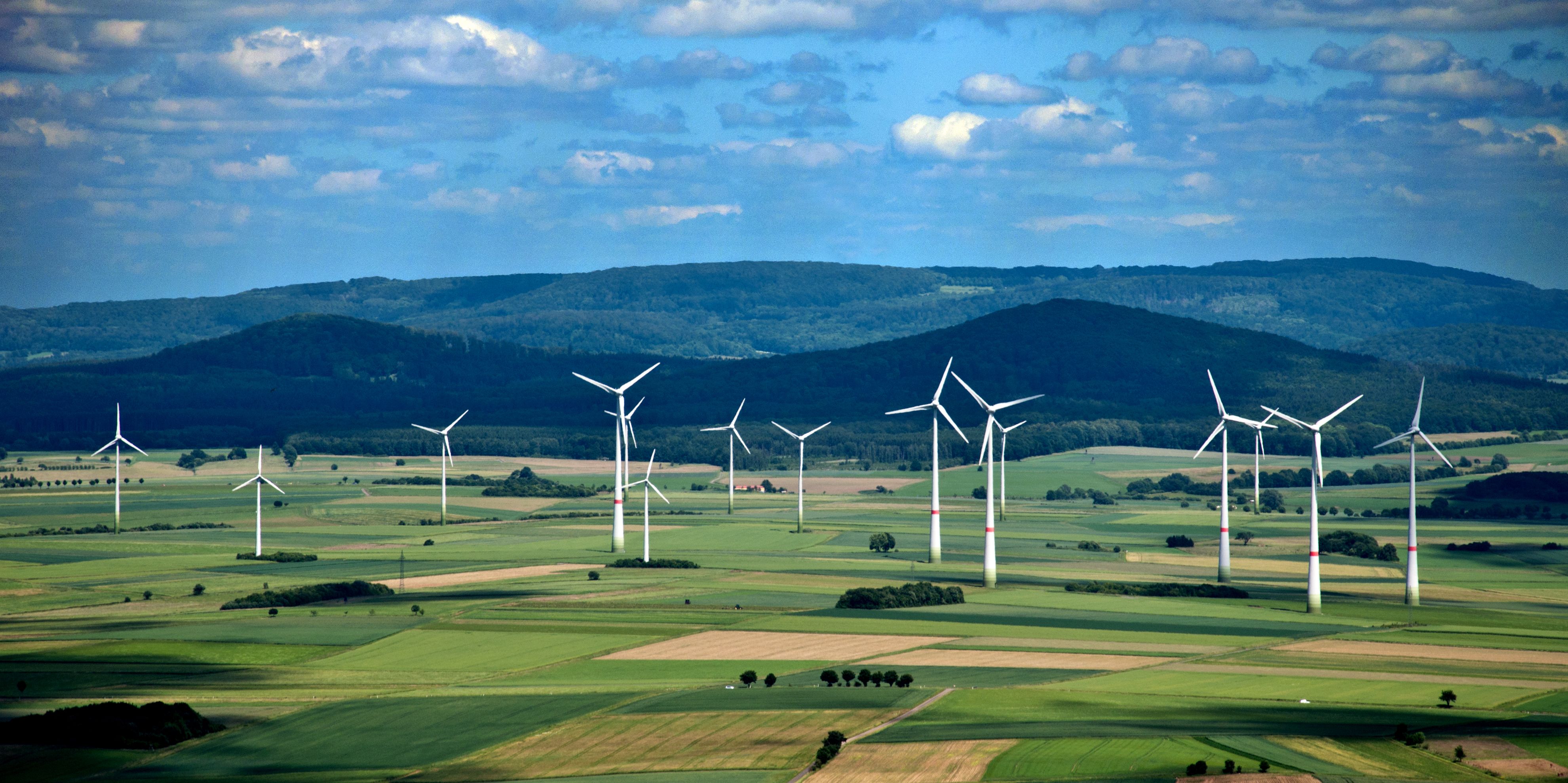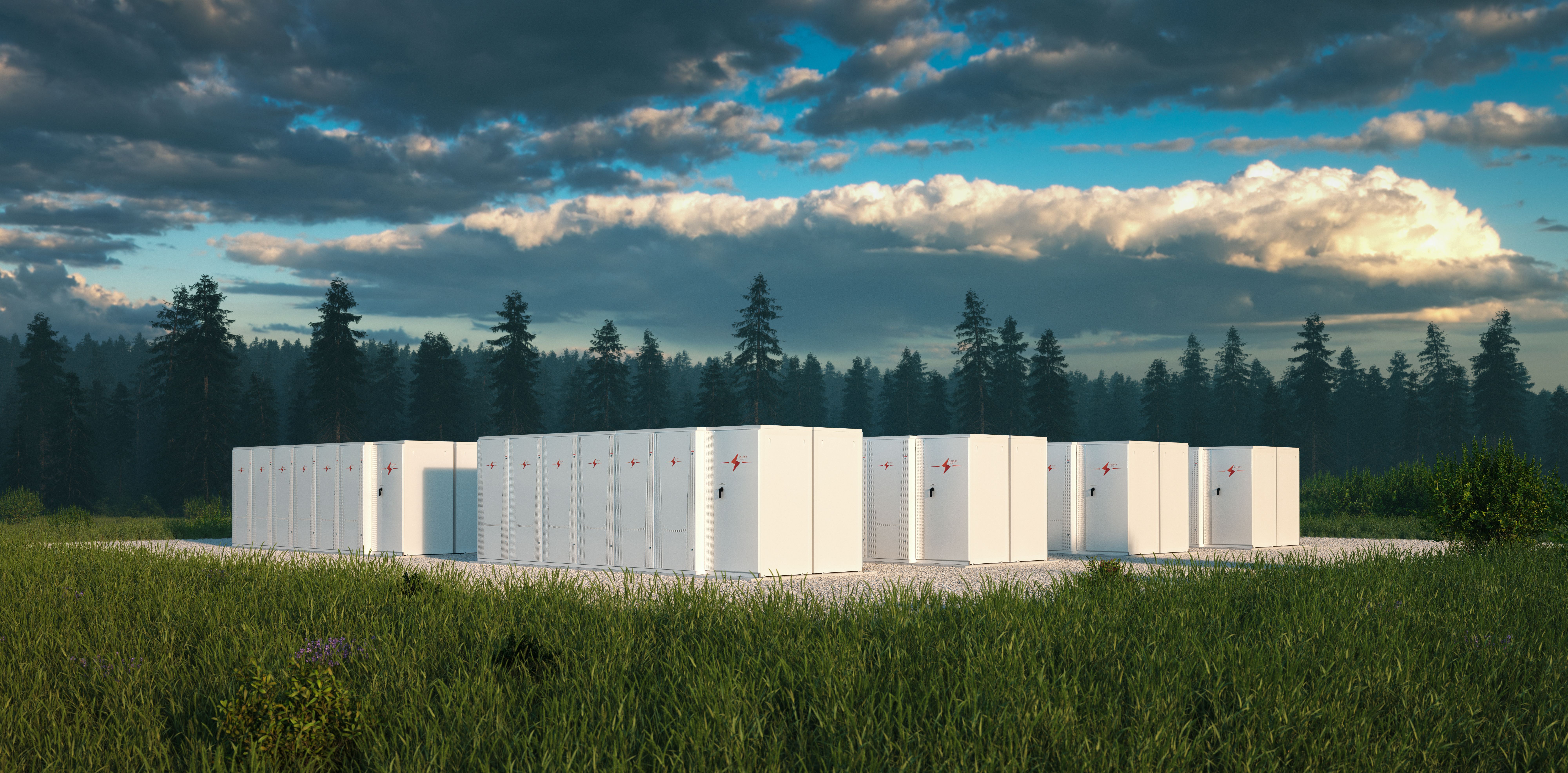Many analysts say that the recent decision by the European Commission to block the merger of Siemens and Alstom illustrates the difficulty that Europe faces in coming up with a strategy to effectively compete with China. This comes at a time when the German economic minister Peter Altmaier is consulting with industry on formulating a new industrial strategy, including the promotion of national or European champions.
The merger was announced back in September 2017, and an important part of its rationale was to create a globally powerful entity that could compete with Chinese giants such as high-speed train manufacturer CRRC. An in-depth investigation by the competition authorities was then instigated.
The transaction would have combined transport equipment and service activities of Siemens and Alstom into a new company fully controlled by Siemens. It would have brought together the two largest suppliers of various types of railway and metro signalling systems, as well as of rolling stock in Europe. Both companies also boast leading positions in global markets.
Some analysts note that the Commission’s in-depth investigation before deciding to block the deal shows that the supposed threat from China is not as big as the companies claim, and that this argument was merely used as a smokescreen to justify the management’s proposals.
Another argument implies that the way in which the EU is set up institutionally means that it lacks the flexibility to adapt to changing global circumstances and competitive threats - with China leading the way.
Potentially, the termination of the current Commission later this year could herald a change in the direction of policy
In May there will be elections for the new five-year European Parliament. Then, over the summer, each of the EU27 countries (assuming that the UK has exited) will put forward their candidates as Commissioners. Countries will jockey to place their candidate as President of the EU Commission, a position currently held by Jean Claude Juncker of Luxembourg. The Commissioner for Competition will also be up for grabs.
It will thus be a year of transition, with no major changes in direction on policy. But by October the new Commission will be in place. At that point there will be indications whether the next Commission and European Parliament will adopt a business as usual stance on trade and investment, or whether the next five years will see a more interventionist policy - including a clear strategy to compete more effectively with China.
French economic minister Bruno Le Maire has said that the French and German governments will be pushing for reform of EU competition law. “Together with my German counterpart Peter Altmaier, we shall put forward proposals for reforming these rules and creating a more ambitious European industrial policy,” he told TV station France 2.
Altmaier himself reacted to the blocking of the merger by saying that it underlined the need for an industrial strategy, and support for European champions.
Reacting to the Commission decision, Siemens and Alstom said that they regret that the remedies they offered, including recent improvements, have been considered insufficient by the EU Commission. The remedies were extensive in scope and addressed all the concerns raised by the Commission with respect to signalling as well as very high-speed trains. In addition, a number of credible and well-established European players expressed strong interest in the remedy package.
Siemens and Alstom remain convinced that the transaction would have created substantial value for the global mobility sector, the European railway industry, customers, travelers and commuters, without harming European competition. ”It would also have allowed the creation of a European player having the ability to cope with the growing competition from non-EU companies,” they added.
But the EU Commission was unconvinced by the argument that the deal should be approved in order to help create a global competitor.
As the European Commission explained in its final decision, it has prohibited Siemens' proposed acquisition of Alstom under the EU Merger Regulation. The merger would have harmed competition in markets for railway signalling systems and very high-speed trains. The parties did not offer remedies sufficient to address these concerns.
"Millions of passengers across Europe rely every day on modern and safe trains," commented Commissioner Margrethe Vestager, in charge of competition policy. "Siemens and Alstom are both champions in the rail industry. Without sufficient remedies, this merger would have resulted in higher prices for the signalling systems that keep passengers safe and for the next generations of very high-speed trains.”
The Commission prohibited the merger because the companies were not willing to address its serious competition concerns. The merger would have created the undisputed market leader in some signalling markets and a dominant player in very high-speed trains. It would have significantly reduced competition in both these areas, depriving customers, including train operators and rail infrastructure managers, of a choice of suppliers and products.
As part of its investigation, the Commission also carefully considered the competitive landscape in the rest of the world. In particular, it investigated the possible future global competition from Chinese suppliers outside of their home markets.
As regards signalling systems, the Commission's investigation confirmed that Chinese suppliers are not present in the European Economic Area today, that they have not even tried to participate in any tender as of today, and that therefore it would take a very long time before they can become credible suppliers for European infrastructure managers.
As regards very high-speed trains, the Commission considered it highly unlikely that new entry from China would represent a competitive constraint on the merging parties in a foreseeable future.
The Commission said that it received several complaints during its in-depth investigation, from customers, competitors, industry associations and trade unions. It also received negative comments from several National Competition Authorities in the EEA.
The creation of a genuine European railway market depends crucially on the availability of signalling systems, which are compliant with the European Train Control System (ETCS) standard at competitive prices. Investment in signalling systems that comply with this standard will allow trains to operate safely and smoothly across borders between member states. New investments in trains are key to transition to more climate friendly and environmentally sustainable mobility.
The Commission had serious concerns that the proposed transaction would significantly impede effective competition in two main areas: (i) signalling systems, which are essential to keep rail and metro travel safe by preventing collisions, and (ii) very high-speed trains, which are trains operating at speeds of 300 km per hour or more.
For very high-speed rolling stock, the proposed transaction would have reduced the number of suppliers by removing one of the two largest manufacturers of this type of trains in the EEA. The merged entity would hold very high market shares both within the EEA and on a wider market also comprising the rest of the world except South Korea, Japan and China (which are not open to competition). The merged entity would have reduced competition significantly and harmed European customers. The parties did not bring forward any substantiated arguments to explain why the transaction would create merger specific efficiencies.
In all of the above markets, the competitive pressure from remaining competitors would not have been sufficient to ensure effective competition.
In very high-speed rolling stock, the parties offered to divest a train currently not capable of running at very high speeds (Alstom's Pendolino), or, alternatively, a licence for Siemens' Velaro very high-speed technology. The licence was subject to multiple restrictive terms and carve-outs, which essentially would not have given the buyer the ability and incentive to develop a competing very high-speed train in the first place.
Taking all these matters into account, the Commission decided to prohibit the proposed transaction.
The vast majority of notified mergers do not pose competition problems and are cleared. From the moment a transaction is notified, the Commission generally has a total of 25 working days to decide whether to grant approval (Phase I) or to start an in-depth investigation (Phase II).
Siemens, based in Germany, is active worldwide in several industrial areas with its mobility division offering a broad portfolio of rolling stock, rail automation and signalling solutions, rail electrification systems, road traffic technology and IT solutions.
Alstom, based in France, is active worldwide in the rail transport industry, offering a wide range of transport solutions (from high-speed trains to metros, trams and e-buses) and related services (maintenance and modernization), as well as products dedicated to signalling solutions, passengers and infrastructure, rail electrification systems and digital mobility.









